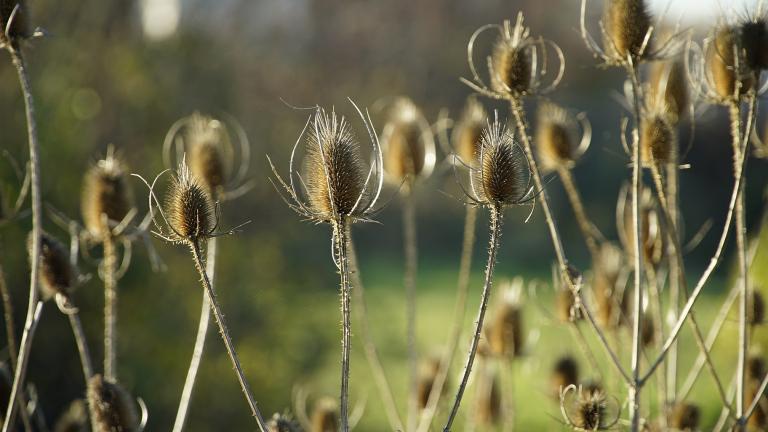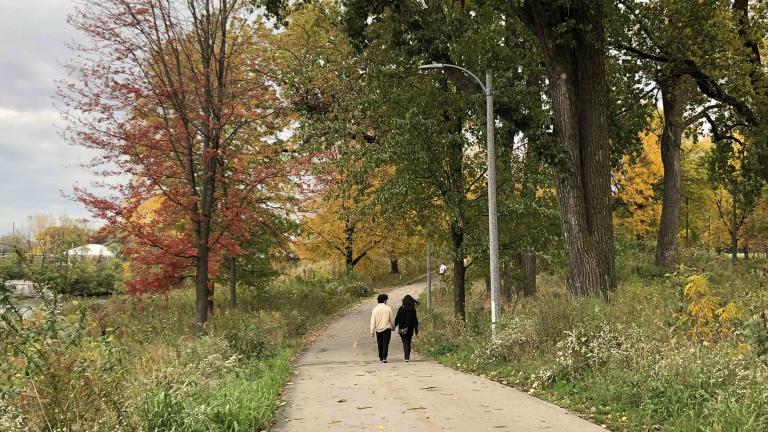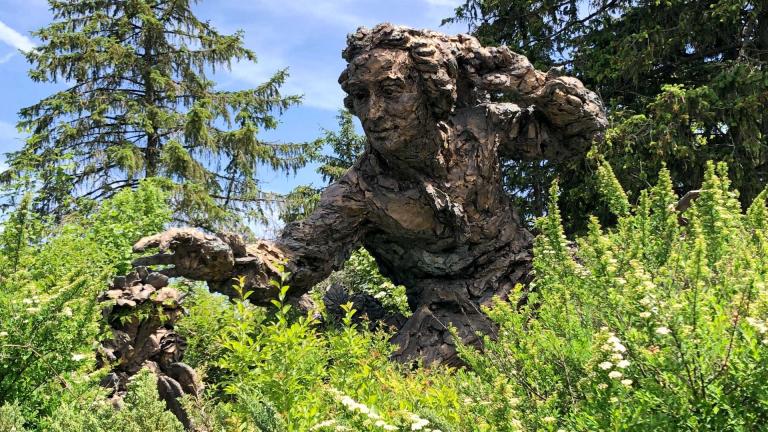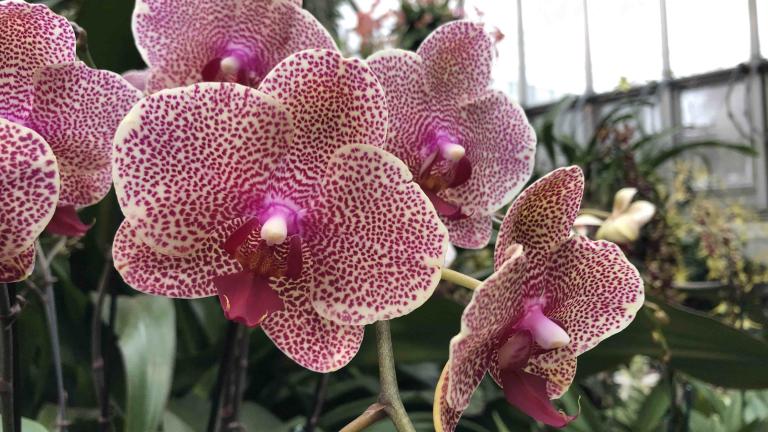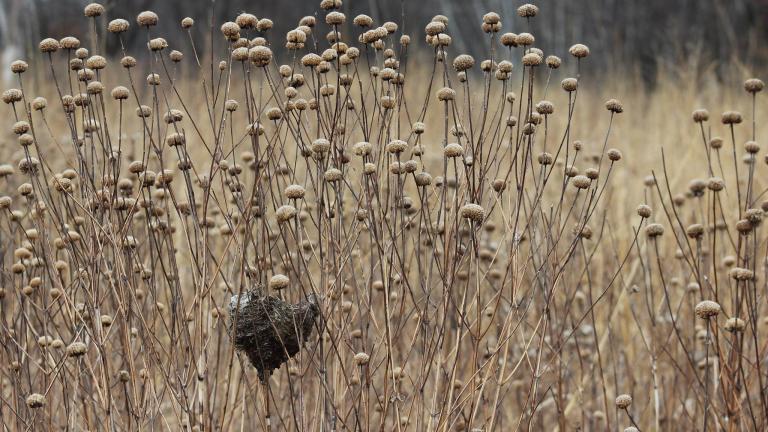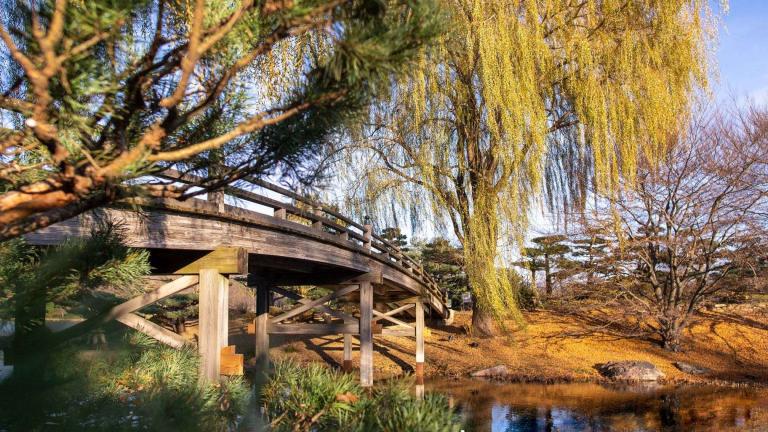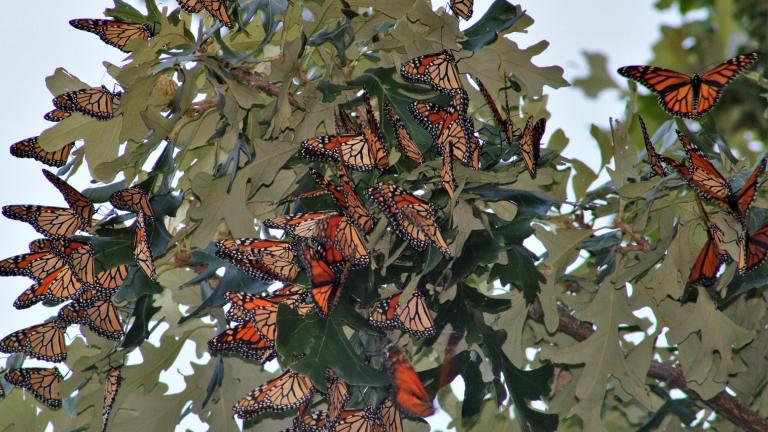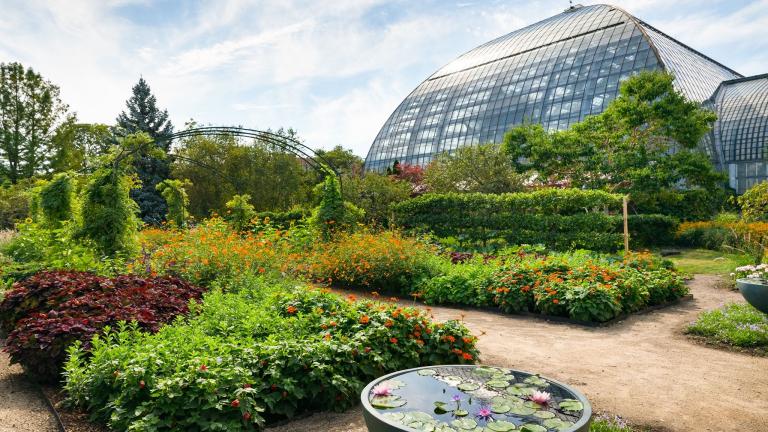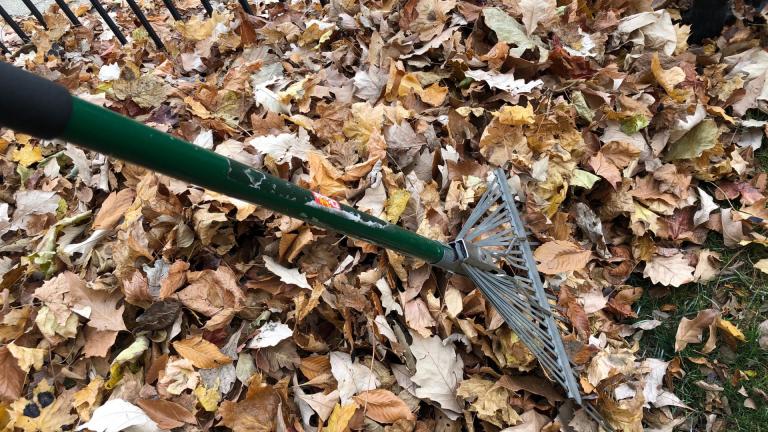In honor of National Invasive Species Awareness Week, we’re posting daily “dupes” — invasives that can easily be confused with native species. Today brings us to a truly unexpected subject: the rose.
Chicago Botanic Garden
If you’re seeking activities that don’t break the bank this winter, look no further than local museums, zoos and gardens. A number have announced free admission days in 2024.
The U.S. Department of Agriculture recently released a new plant hardiness zone map, and significant swaths of the country — Chicago included — are now in warmer zones.
Leaf Peeping is Hitting Its Peak. Here’s How to Take Advantage of Fall Color Season Close to Chicago
The fall foliage season got off to a slow start in the Chicago region but is making up for lost time. We’ve rounded up some resources to help you make the most of Mother Nature’s spectacular, but short-lived, autumnal display.
A newly announced $21 million gift will help the Chicago Botanic Garden further its conservation and research projects, like the development of a studbook for plants.
There’s one place spring has most definitely sprung: the Chicago Botanic Garden, where the annual orchid show is now underway. WTTW News also toured the garden’s orchid greenhouse, which isn’t open to the public.
A new report highlights several supply-and-demand conundrums and makes recommendations for how to increase native seed production.
“We are heartbroken by the act of violence in Highland Park on Monday,” a spokesperson for the garden said. “In times of crisis, nature can be healing.”
Admission to the Chicago Botanic Garden is no longer free. Ticket prices will range between $9.95 and $25.95 per adult, depending on anticipated demand.
Large numbers of monarch butterflies are making a pit stop at Midewin National Tallgrass Prairie during their annual fall migration. That’s just one of the ways to enjoy and explore nature this weekend.
Artist Philip Juras spent more than five years visiting prairie remnants in Illinois, capturing the beauty of the state’s signature landscape past and present. An exhibit of his paintings is now on view at the Chicago Botanic Garden.
The Obama Foundation is sharing new details related to its landscape plan for the proposed Obama Presidential Center, which it says will “create a model of sustainability.”
In a listing of the top 25 botanical gardens in the U.S. and Canada, as compiled by Yelp, the conservatory claimed the top spot. The Chicago Botanic Garden, also made the list, coming in 12th.
It’s easy to forget the cruelest April Fool’s joke: The season’s last frost is likely several weeks away, meaning it’s far too early to put most plants in the ground.
The annual show was to have opened in February, but the garden’s greenhouses are still closed due to mitigations put in place to slow the spread of COVID-19.
Is there a middle ground between obliterating leaves and letting nature take its course? We asked an expert from the Chicago Botanic Garden.



